An excursion from Paris to Normandy is one of the best day trips that you can take if you’re staying in the French capital. Keep reading to learn more.
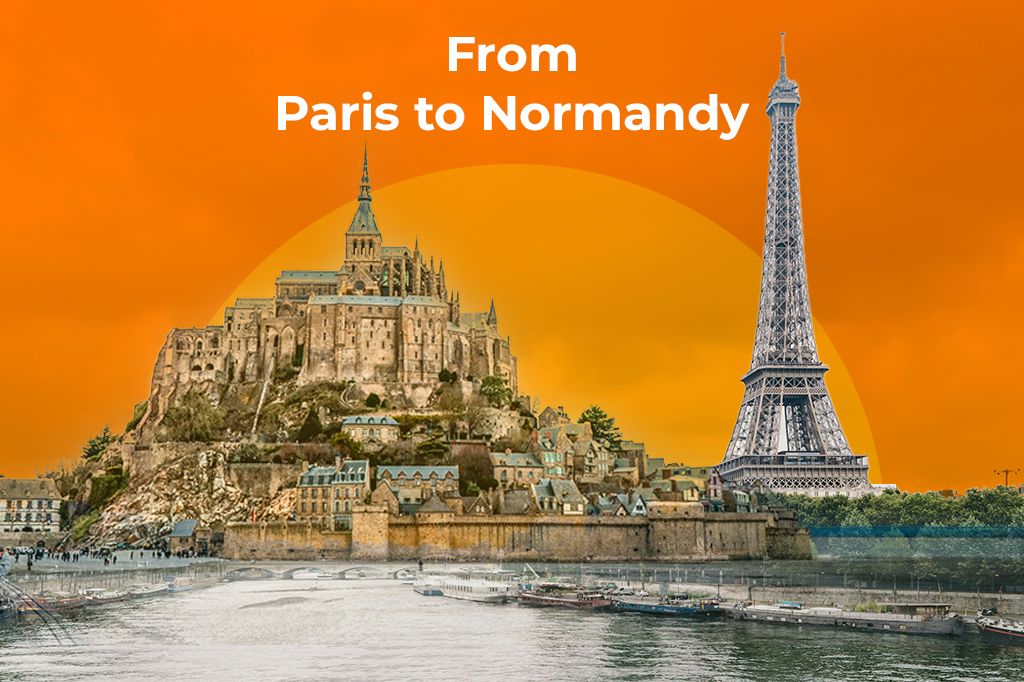
Picture by Norbu GYACHUNG and JOHN TOWNER on Unsplash
If you are exploring France, one of the most rewarding detours that you can take is spending a full day in Normandy. We’ve all heard about the haunting D-Day beaches like Omaha and Utah, but how else do you know about this beautiful region? We are here to explore it more deeply, and not only its history during the Second World War.
Normandy is actually quite close to Paris, taking only 2 to 2.5 hours to reach via fast train, and is a great place to balance your trip. Paris is a beautiful city, but it can be overwhelming, so we offer you a day trip that gives you a taste of rural French life and a completely different rhythm from Paris.
But, before you start the trip, make sure you have a way to save all the precious photos you take in the cloud. With Yoho Mobile eSIMs, you’ll have reliable and fast internet no matter where you go, and a day trip to Normandy is the best moment to try Yoho Mobile’s free eSIM. For future trips, you can get a 12% discount using our promo code YOHO12.
Paris to Normandy: A Day Trip
The Paris to Normandy day trip might not be the most popular, but it offers quite a unique and rewarding contrast to the French capital. Not only is it a great chance to escape the urban rhythm of life, but the region has a lot to offer travelers.
-
A dramatic change of scenery: If you spend more than a few days in Paris, you’ll be pretty grateful for the open skies and the sea air. A very necessary breath of fresh air after the convoluted Parisian boulevards and busy streets.
-
Incredible local food and drink: Parisian food might be world famous, but it can feel overly sophisticated. Sometimes you just need to enjoy some fresh seafood in a small coastal town or a hearty farm-to-table meal in the countryside. And Normandy has both! Plus, delicious Camembert cheese, Calvados, and fresh cider.
-
Get a rounder view of France: When we think about France, many of us immediately think of Paris, the beautiful and perfect capital. But France is also the quiet towns where life is slower and more authentic, like Normandy.

Photo by Ilnur Kalimullin on Unsplash
A brief history of Normandy
You’ve probably heard a lot of people describing Normandy as a very historical region, but what exactly are they referring to?
Normandy, a historic region in northwestern France, became known as such in the 10th century after Viking settlers, led by Rollo, were granted land by the French King in 911. These Vikings later converted to Christianity and settled, mixing with the local cultures, which led to the creation of the Duchy of Normandy. Said Duchy, led by William the Conqueror, had a crucial role during the Conquest of England, barely a century later.
But nowadays, the most notable historic link to Normandy is the D-Day Landings during World War II. On June 6th, 1944, the Allied forces launched the largest seaborne invasion in human history along Normandy’s beaches. And it marked a turning point in the war, leading to France’s liberation and the eventual defeat of Nazi Germany.
Nowadays, Normandy is a peaceful region that blends this historical lore with pastoral beauty. Looking at the tranquil landscapes, it is hard to imagine that it was the scenario of such a brutal and world-changing day. But between the apple orchards and the windswept coastlines, you’ll find war cemeteries where innumerable heroes found their eternal rest and glory.
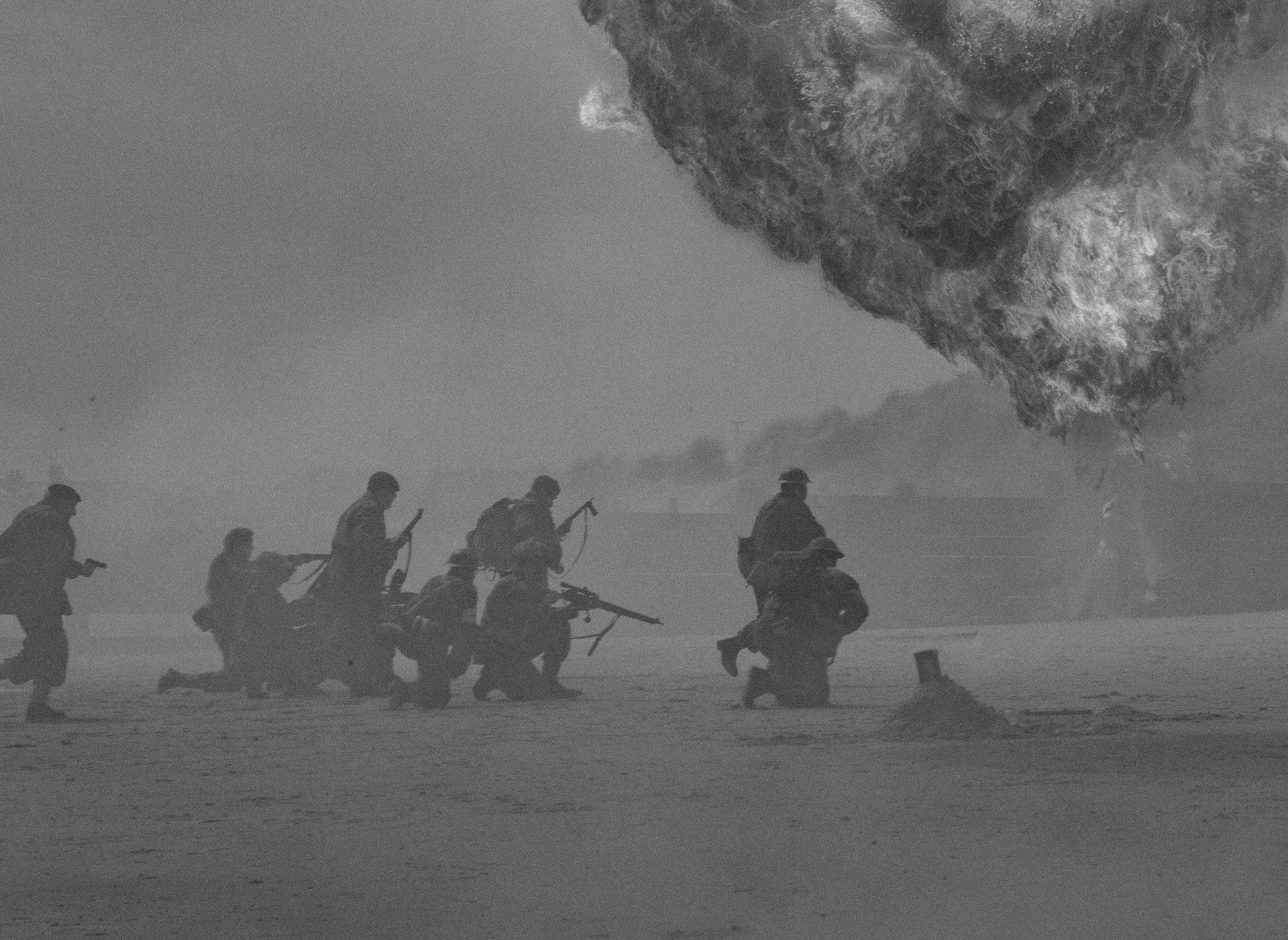
Photo by Duncan Kidd on Unsplash
Fresh Angles, D-Day Tour, and more
D-Day Tour
If you’re visiting Normandy for the first time, consider taking the D-Day tour. It’s a certified classic for a reason, plus it’s a very important historic experience that helps you gain perspective on how the act changed the course of the war.
The tour usually starts in Omaha Beach, where the most intense fighting occurred, particularly by the American forces. Afterwards, you’ll pass the Normandy American cemetery, where over 9,000 American soldiers rest for eternity. It’s a very powerful view, with all those immaculately white crosses, the reflecting pond.
Another interesting area that you’ll visit is Point du Hoc, where U.S. rangers scaled 100-foot cliffs under heavy fire. There, you can still see the massive bomb crater and the original German bunkers, plus spectacular coastline views.
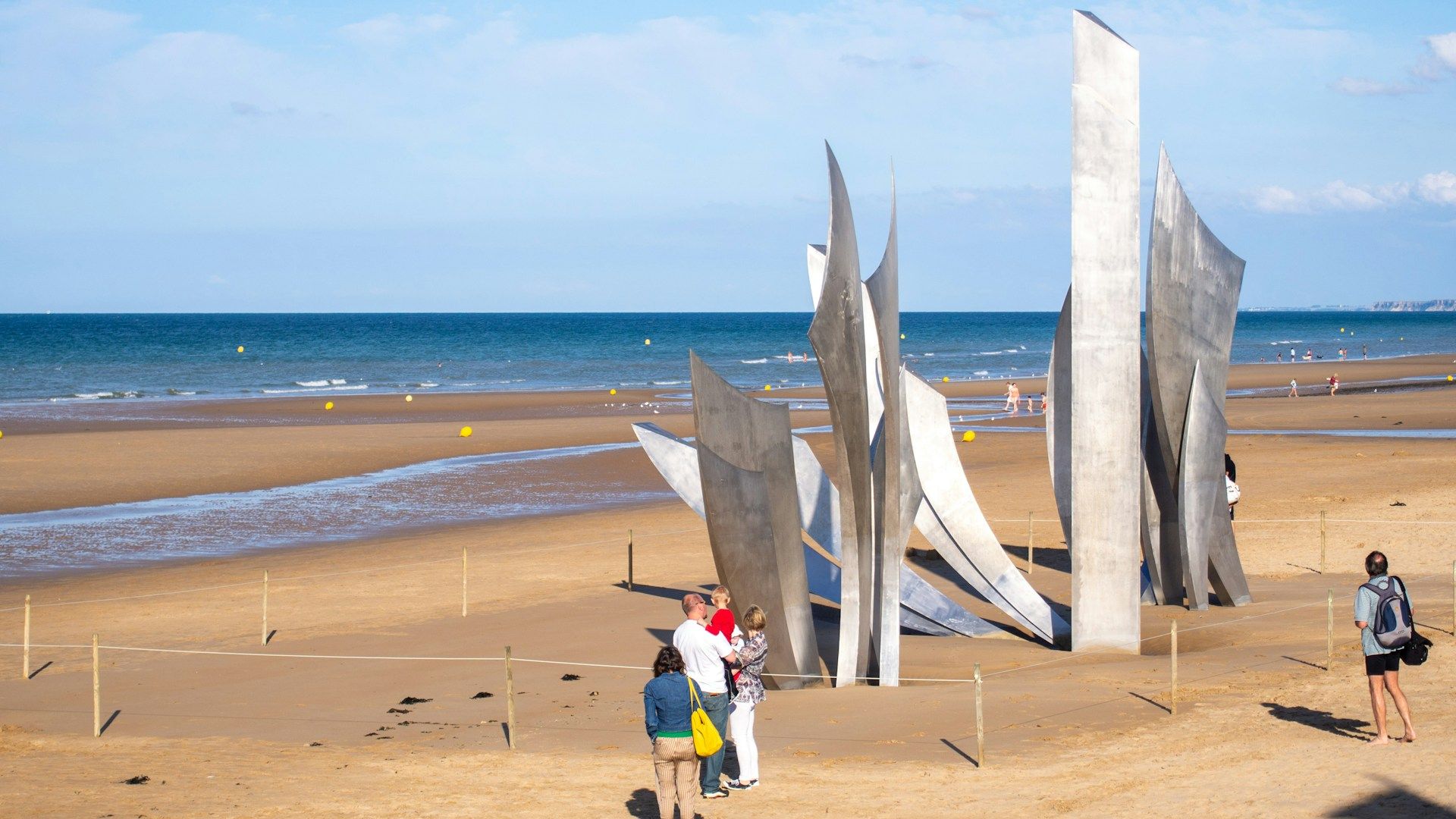
Photo by Wim van 't Einde on Unsplash
Lesser-known landing beaches
On the main tours, the focus is usually on Omaha Beach, but the landing didn’t occur on a single beach. It was a big operation, and currently it holds the record for the largest seaborne invasion. So, if you want to explore it more in-depth, you can visit Utah Beach Landing Museum, built on the beach itself and exhibiting aircraft and personal stories.
But there’s also Gold Beach, where the British landed, and the beginning of the artificial Mulberry Harbor. Juno Beach, the only beach with a major Canadian operation, and Sword Beach, the easternmost landings.
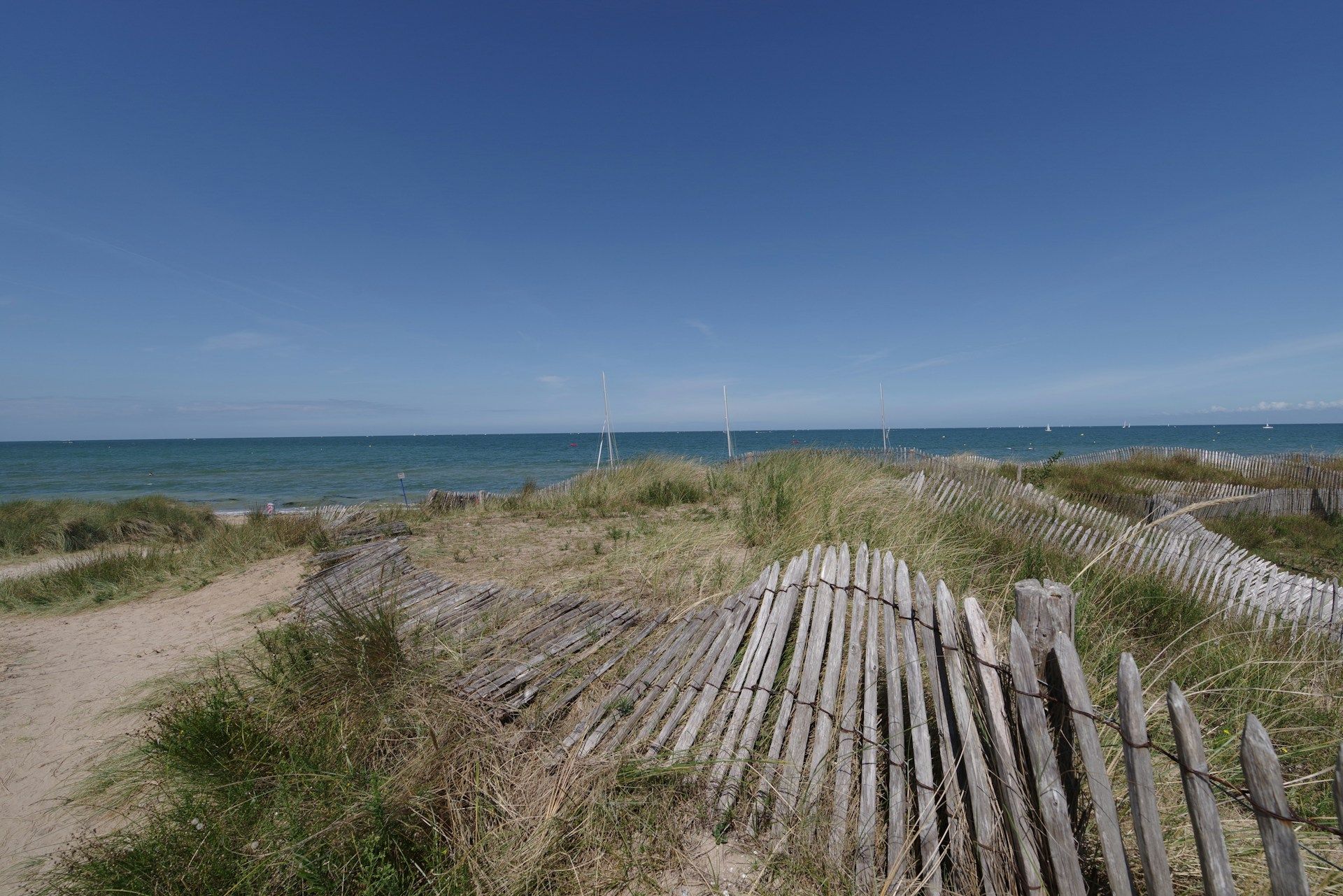
Photo by Sebastian Scheuer on Unsplash
Normandy women, hidden heroines
When learning about the history of a place, it is often the case that the focus is on the great men and the warriors who fought fiercely, with the contributions of the women who fought alongside them, in some way or another, often overlooked. And Normandy is not an exception.
We actually have a great example in one of the most well-known pieces of art from the 11th century, the Bayeux Tapestry. This piece is massive, with a total of 70 meters in length, and it depicts in detail all the events leading up to the Norman Conquest of England. And you know what? We can’t tell exactly who made it, as their names weren’t recorded.
But even closer to our days, during World War II, plenty of Norman women risked their lives to hide Allied soldiers and feed the resistance. Yet their names are barely a footnote in history books. So, if you don’t want to forget them, try asking the guides or museum curators if they have stories to share.
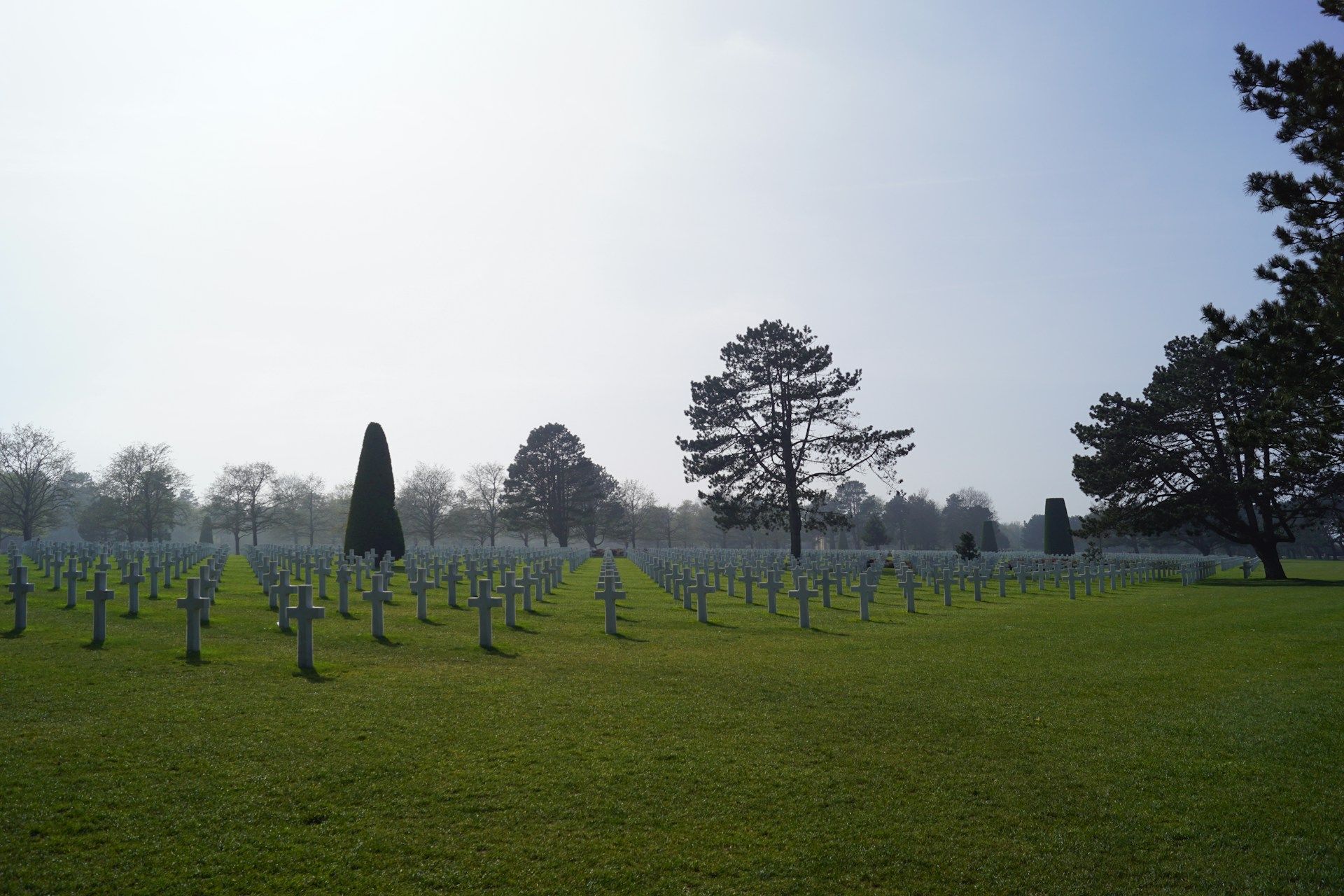
Photo by Auriane Clément on Unsplash
Normandy’s countryside
But let’s go off the historical path for a moment, and let’s focus on one of the most incredible charms that Normandy has. Exploring the countryside here is like stepping into a living painting, with its rolling green fields, apple orchards, and sleepy medieval villages. While so much history has passed around the area, from this angle, it barely has changed at all.
An exploration of the countryside wouldn’t be complete without tasting all the great food that the regions produce, like the incredible cheese and cider. Normandy boasts a diverse range of cheeses, including Camembert and Livarot, the finest of which are produced by small, family-run farms that are well worth visiting. Another popular activity in the area is the Route du Cidre, which you can do by car or by cycling, and takes you through many stops to taste cider and fresh apple juice.
If you’re looking for a quiet place to have a picnic, the Abbaye de Jumieges is the perfect stop. These ruins were once a mighty Benedictine abbey, and are still quite beautiful to see. Surprisingly, it receives few visitors, so you can have a private moment, perfect for self-reflection.
Paris to Normandy: Myths Busted
You can do it all in one day
As you could see, Normandy has a lot of interesting places and sites, so trying to explore it all in just a day is practically impossible. What you can do is prioritize the sides and experiences that you are most interested in, and dedicate more time to them. After all, this article offers suggestions, not a strict itinerary that you have to follow.
Normandy is just for history buffs
Normandy has a lot of history, and it’s one of the most fascinating aspects of the area, but it’s not the only charm that it has. If you are not interested in history, you can still enjoy a visit and have a relaxing day enjoying the countryside and the good food.
It’s all about the American story
Yes, Americans participated in the D-Day operation, and they were key to its success. But that doesn’t mean that the whole history of the area, not even of D-Day, is all about them. First of all, there were other countries like Great Britain and Canada that participated, but also the history of the place goes centuries before the colonization of America.
